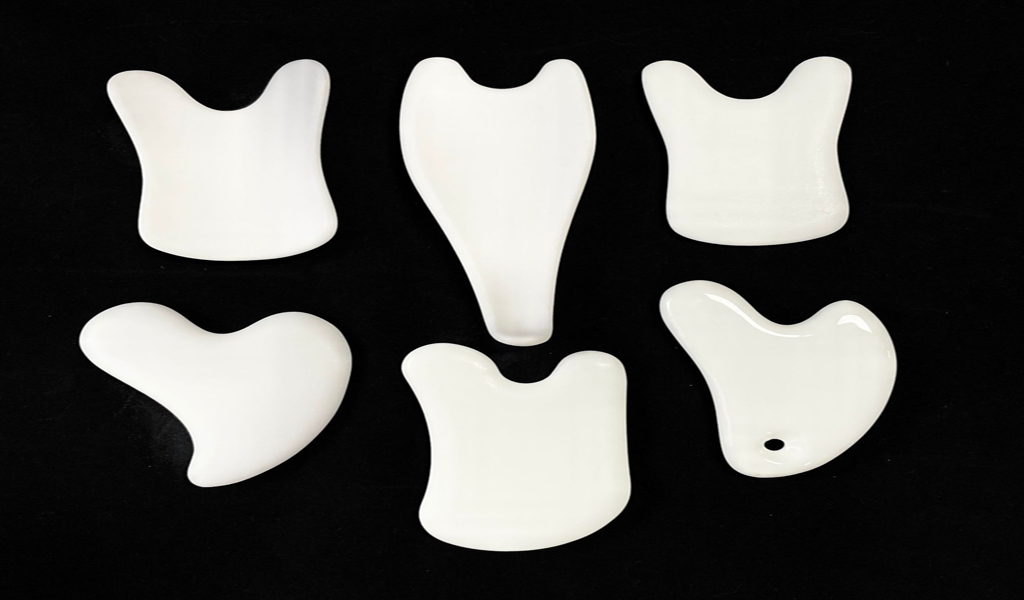Alumina ceramics is a kind of ceramic products using alumina as the main material. Next, Pintejin Ceramics will introduce the molding method of alumina ceramic materials.
Forming method of alumina ceramic material
1. Dry-pressing molding: The thousand-pressing molding technology of alumina ceramic materials is limited to objects with a simple shape, an inner wall thickness of more than 1mm, and a length-to-diameter ratio of not more than 4:1.
The molding method is uniaxial or bidirectional, and the press has two types: hydraulic and mechanical, which can be semi-automatic or fully automatic. The maximum pressure of the press is 200Mpa.
Due to the uniform stroke pressure of the hydraulic press, the height of the pressed parts is different when the powder filling is different, and the pressure applied by the mechanical press varies with the amount of powder filling, which may easily lead to differences in dimensional shrinkage after sintering, affecting product quality. .

2. Grouting molding method: Grouting molding is the earliest molding method used for alumina ceramic materials. Due to the use of gypsum molds, the cost is low and it is easy to form parts with large sizes and complex shapes.
The key to grouting is the preparation of alumina slurry. Usually, water is used as the flux medium, and then debonding agent and binder are added. After fully grinding, the exhaust is exhausted, and then poured into the plaster mold.
Due to the adsorption of water by the capillary of the gypsum mold, the slurry is solidified in the mold. During hollow grouting, the excess slurry needs to be poured out when the adsorption slurry on the mold wall reaches the required thickness.
In order to reduce the shrinkage of the green body, high-concentration slurry should be used as much as possible, and organic additives should be added to the alumina ceramic slurry to form an electric double layer on the surface of the slurry particles, so that the slurry can be stably suspended without precipitation.
In addition, it is necessary to add binders such as vinyl alcohol, methyl cellulose, alginate amine, and dispersants such as polyacrylamine and gum arabic, all of which are aimed at making the slurry suitable for grouting operation.
The above is the molding method of alumina ceramic materials brought to you by Pintejin Ceramics. Pintejin Ceramics is a manufacturer specializing in the production and machining of ceramics, focusing on the machining of alumina ceramic parts and zirconia ceramics, and can process ceramic products according to your needs.
[wp_reusable_render id=2239]
